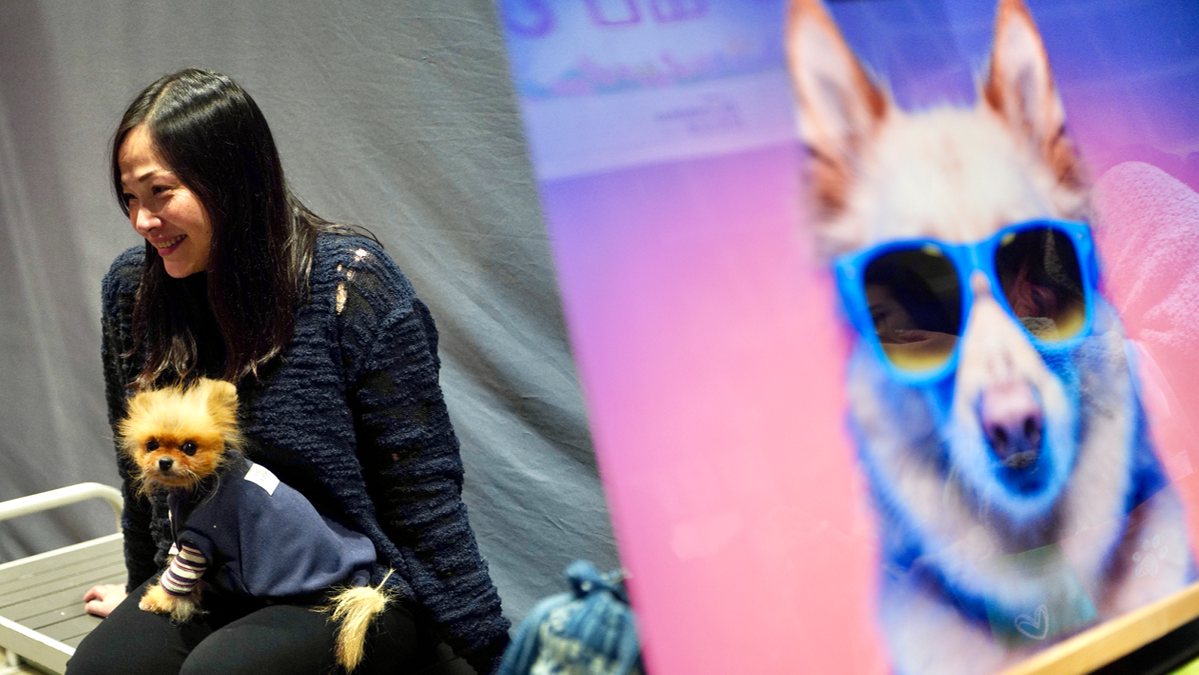Fur love's pake


A booming market
According to the 2018 statistics from the Hong Kong Special Administrative Region government, 241,900 households, or 9.4 percent of all in the city at that time, owned cats or dogs. Statista estimated that the number of household pets in Hong Kong had grown from 1.14 million in 2018 to 1.19 million in 2023. A report from the data intelligence platform projects that the figure will exceed 1.2 million by 2028.
With growing pet ownership, business strategy firm StrategyHelix Group forecasts that the HKSAR's pet-care market, covering food, accessories and healthcare, will expand from $1.44 billion in 2024 to $2.05 billion by 2030.
Pet insurance represents just one facet of a much larger industry. A February 2024 survey commissioned by OneDegree and conducted by market researcher Ipsos revealed the substantial financial commitment of Hong Kong pet owners to their animal companions. The survey polled 526 cat and dog owners and was based on their average annual general and medical expenses on pets. The survey found that owners, whether enrolled in pet insurance programs or not, could spend up to HK$490,000 over a pet's estimated lifespan of 14 years.
The highest spending category covered pet food and snacks at 19.4 percent, followed by veterinary care and medication at 17.2 percent. Health checkups and dental care ranked third at 9.8 percent, while pet insurance accounted for 8.7 percent of total expenditures.
An evolving industry
Carl Li Ka-kin, who heads the Hong Kong Pet Trade Association's government policy affairs, notes that the local pet industry has undergone significant transformation, particularly in consumption patterns.
In the 1980s-90s, local pets were often fed with table scraps, but with the introduction of specialized dry and wet food, pets started to enjoy a healthier diet. "This shift reflects growing awareness among owners that animals, like humans, have specific dietary needs," says Li.
Recently, premiumization has become a major trend, with pet owners going for high-quality, functional food, such as organic, natural or health-focused formulas designed to support joints, kidneys, and the immune system.
Veterinary care has also shifted from treatment-only to preventive healthcare, with increased demand for supplements like vitamins and joint support products.
Pet grooming standards have also gone up. Owners are willing to pay for luxury grooming services, driving more Hong Kong groomers to obtain international qualifications.
As the pet economy flourishes, challenges remain due to Hong Kong's relatively small population and area.
Li notes that, with only 7.5 million residents, local pet business competition is fierce, lifting operational costs. High rent and labor expenses push up product prices, making it difficult for local pet brands to compete against global or Chinese mainland players, he adds.
Li believes that differentiation is key to tackling the challenges. Tailored products, such as functional pet food to deal with common health issues, could carve out a niche. Local brands, while enhancing product quality, can also partner with clinics and pet stores for promotions, and leverage social media and influencers for marketing to attract younger pet owners.
Li says that participation in the pet market is not limited to pet-focused specialty companies, since more traditional enterprises have jumped on the bandwagon to seize opportunities in the booming industry.
This is evident in the pet insurance sector, with insurance giants like Prudential and FWD having successfully tapped into this blue ocean by launching dedicated pet insurance products.
- National Games vibe is everywhere in Guangzhou
- Forum unites global experts to enhance city image communication
- Miao New Year celebrations get underway in Guizhou's Leishan county
- Mainland spokesman reiterates stand on Taiwan
- Fujian county's rural development becomes a big draw for Taiwan investors
- Nobel laureate in chemistry: Give young scientists more independence




































